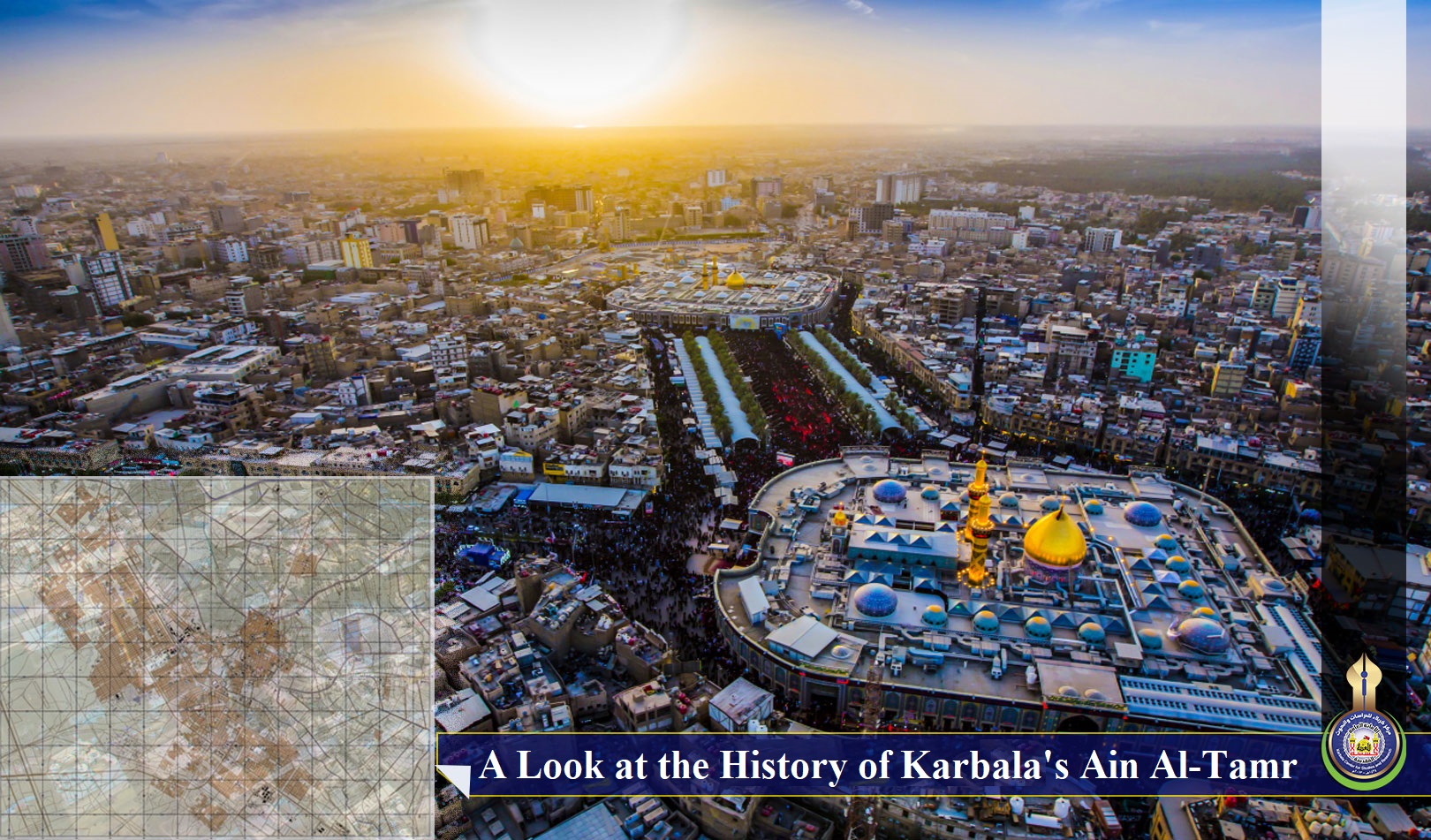Since the first Islamic era, Muslims began to conquest cities, and localize them in order to set them as launching points towards the rest of the world, east and west.
It seems that the city of Ain al-Tamr was the first Islamic city to be localized in 12 AH, 633 AD. This city was liberated after a battle that took place between the Muslims on the one hand, and the Sassanid forces allied with the Arab tribes of Christian origins. The Muslims were unable to defeat them at first due to the large number of forts scattered in the battlegrounds, the most important of which was Al-Ukhaidir castle, churches, and monasteries, so they used deceit and cunning against them. Eventually, those forts were breached after several sieges, which are now ruins and archaeological sites, characterized with their emptiness of all their residents, supplies, and furniture that indicate a life there at the time.
Buildings in general are one of the manifestations of civilization that is still standing and expressive of their identity in past times. This study sheds light on the importance of archaeological buildings in order to reveal the modern scientific methods to maintain and preserve them.
It is also no secret that Ain al-Tamr is one of those sites located on the western desert of the holy city of Karbala, an arid and harsh desert that greatly affected the erosion and demolition of most of its archaeological sites, as it threw most of its parts, construction facilities, and the stones of its walls, to a period of thousands of years ago to reach us at the present time carrying the messages of its sons who founded the cities lived in them, and made architecture and the rest of the arts and affairs, and princes and leaders who settled in those Iwans and luxurious chambers, as well as merchants and clerics who left things indicating their presence back then.
Source:
Mawsueat Karbala Al-Hadharia "Karbala Civilizational Encyclopedia".
A publication of Karbala Center for Studies and Research
The Geographical Axis.
[Vol. 3, Pg. 146-148].

